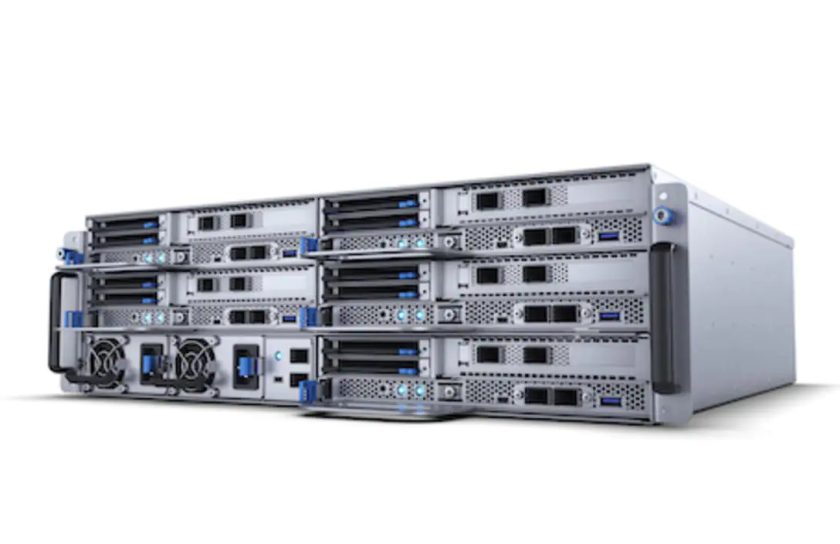Edge computing brings a room for near real-time processing to the IoT(Internet of Things). With quick data access, this technology increases the efficiency and reliability of advanced IoT devices. The combination of edge computing and IoT paves the way for a connected future.
Read on to learn more about edge servers.
How do Edge Servers work?
An edge server is placed between the interfaces of two different network points. These servers operate across data. This is between the producers and consumers of data.
There are four types of edges:
Let’s see:
Device edge is a component of the end-user device).
On-prem edge is the nodes located in a physical network or facility).
Network edge is basically the network-specific nodes like base stations or telco data centers).
Regional edge (this server comes from a traditional local data center).
These servers are specially designed to fulfill more stringent requirements than traditional servers, especially when their primary goal is to support better particular use cases like industrial sensors or networked surveillance cameras.
Edge computing can be an ideal option for jobs which need near-real-time processing, unlike the hybrid computing model, where centralized computing takes care of resource-intensive tasks.
With edge servers, businesses can avoid issues that affect speed and connectivity. This allows smooth data access.
Features of Edge Computing:
Essential Role of Expansion:
Edge servers play a crucial role in the expansion of computing capabilities. This technology let you perform distributed computing infrastructure that usually extends processing power and intelligence.
Plus, edge computing allows the deployment of innovative applications and services.
Low Latency:
Edge servers usually suit use cases where low latency is crucial. It allows smooth data processing and analysis near multiple data sources. With low latency, you can experience a reduced time traversing the network.
This is vital for applications that need immediate responses and real-time decision-making. Low latency is usually common in autonomous vehicles and real-time monitoring systems.
Fast and Real-Time Analysis:
With the help of edge servers, you can perform quick data analysis. It allows real-time analysis. This potential of edge servers enables decision makers to take immediate actions from the real-time insights-driven.
Offline Operation:
Thanks to edge servers with built-in functionalities to complete your work without internet connectivity. With the help of localized processing, you can simultaneously allow your edge to function for network connectivity.
This ensures continuity and resilience in data processing and analysis.
Why Are Edge Servers Crucial for Companies?
An edge server offers computing and other resources that need applications to run. These servers exist outside of traditional data centers to perform multiple functions like computing, networking, storage, and security.
This technology provides a range of benefits to businesses, such as:
Boosts Performance:
Thanks to edge servers which provide a room to businesses for avoiding issues affecting speed and connectivity. Due to the in-built functionalities of edge servers you don’t need to be worried about your data and storage needs.
Enhances Privacy Protection:
Edge servers offer both data security and protection because data is processed within the edge rather than from central servers.
Reliability and Resiliency:
Thanks to edge computing which can operate even if the communication channels are slow or not working. This increases resiliency by reducing a central point of failure with centralized servers. Edge servers provide more reliability to connected devices than their counterparts.
Compliance:
Edge servers can help improve compliance by providing a way to store and process data that meets regulatory requirements. This is especially important for companies operating in industries subject to strict regulations, such as healthcare and finance.
High Network Performance:
Edge servers enhance the overall performance of your organization. Typically, data processing and analysis both occur locally. This allows a great room of need to transmit large volumes of data to a centralized cloud infrastructure.
Bottom Line:
An edge server offers a range of advantages to organizations, like high performance, privacy protection, excellent expansive capabilities, offline operations, etc. With these functionalities, organizations can handle heavy operations so smoothly.





